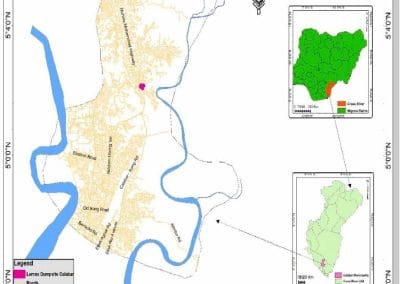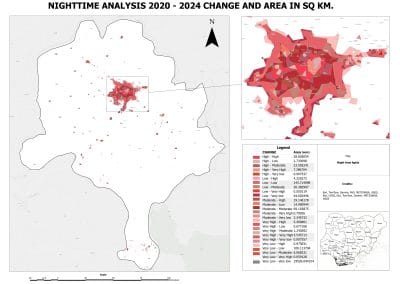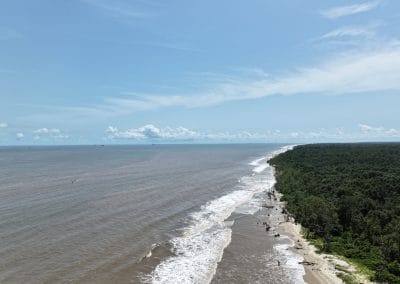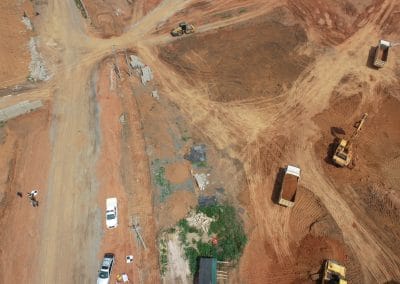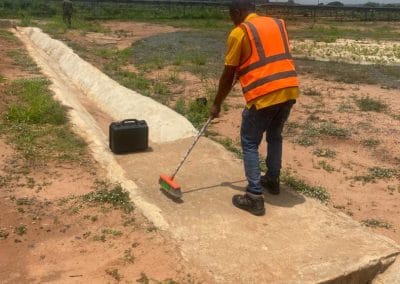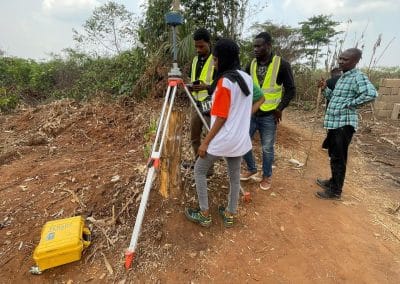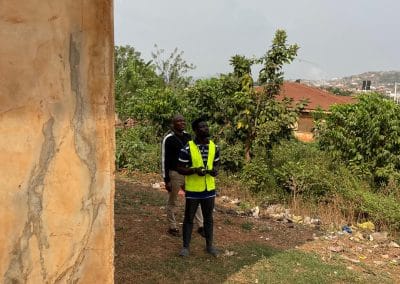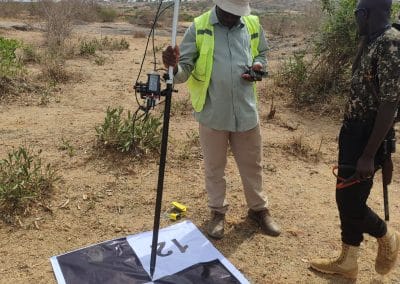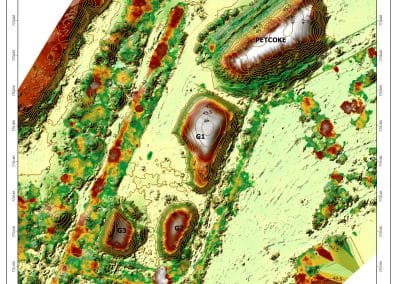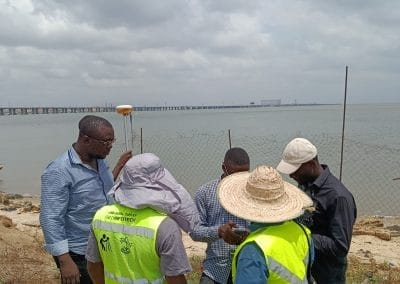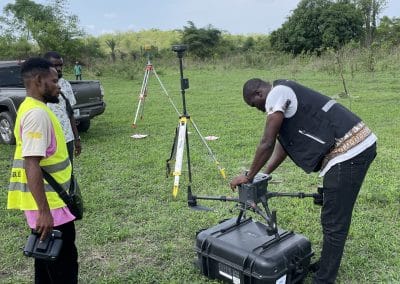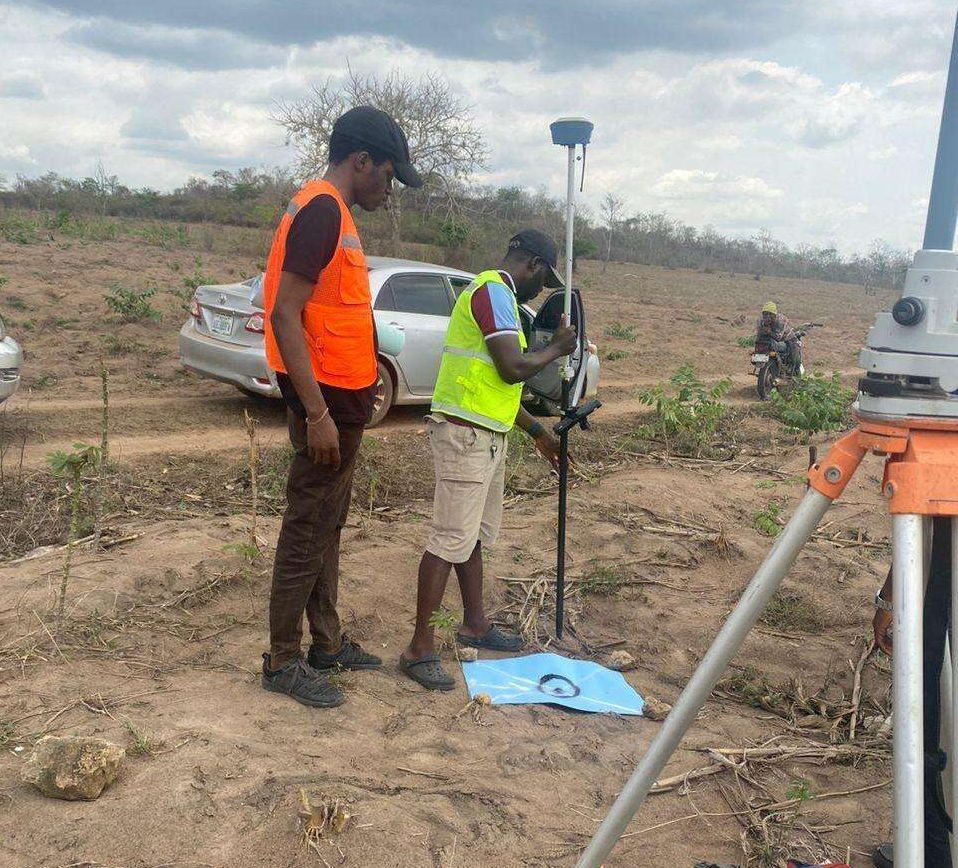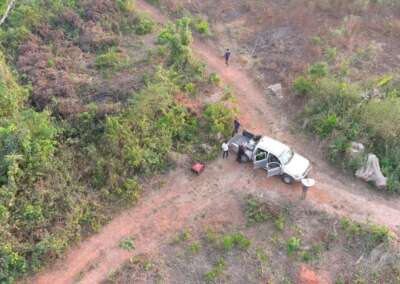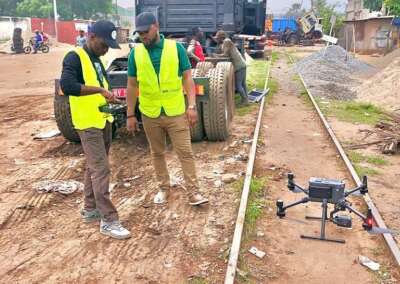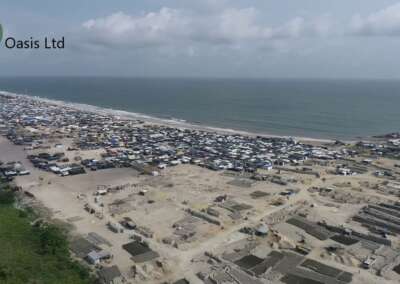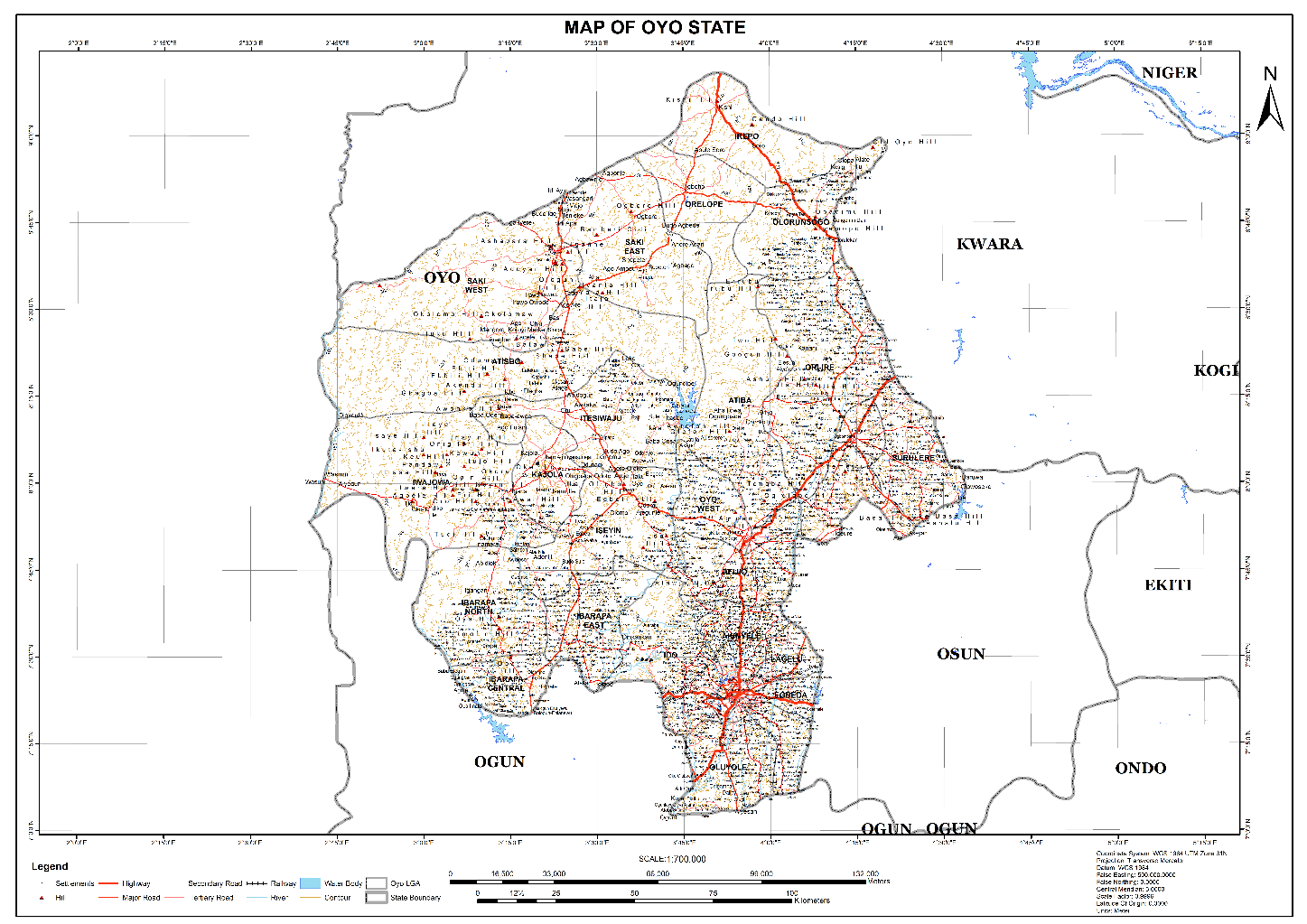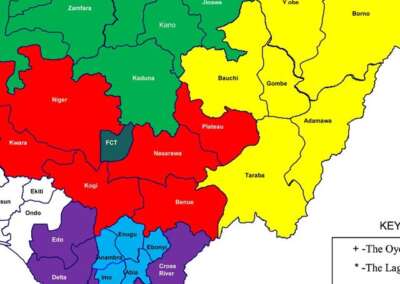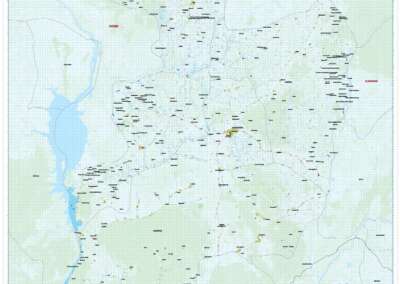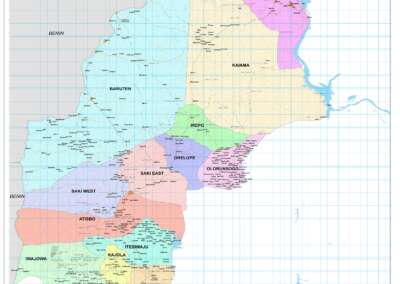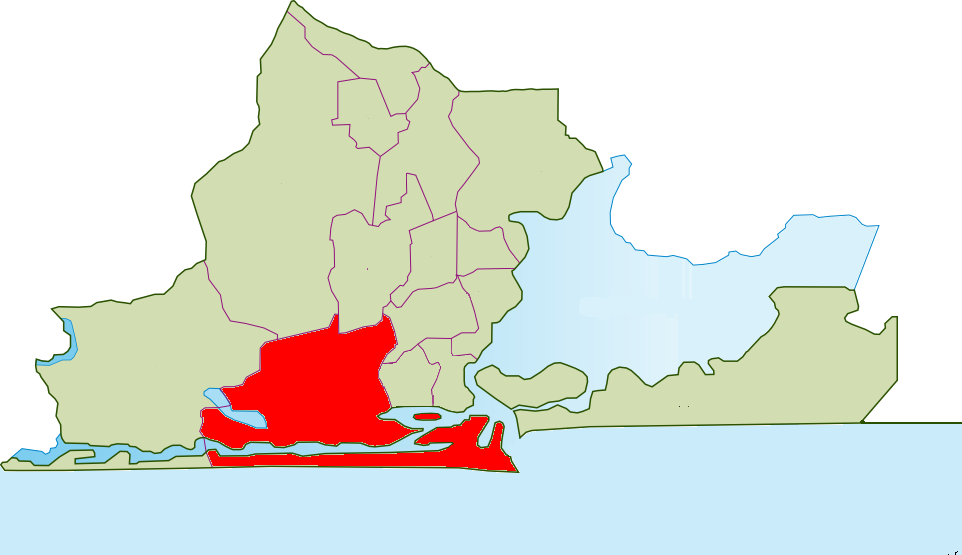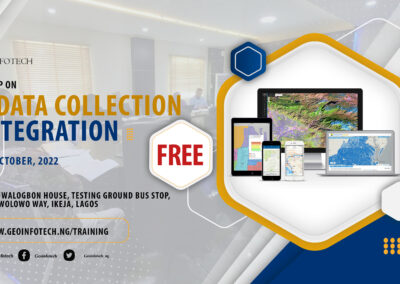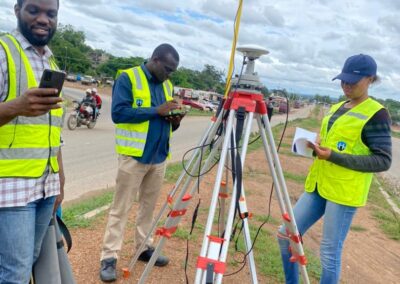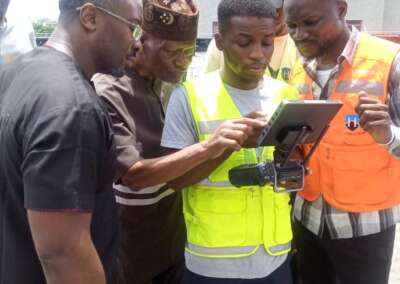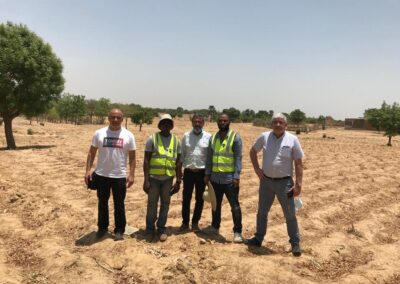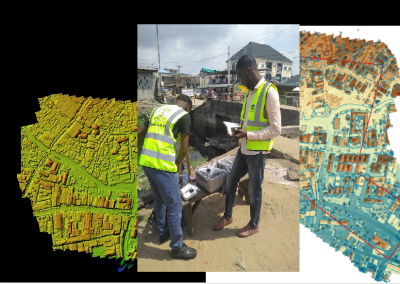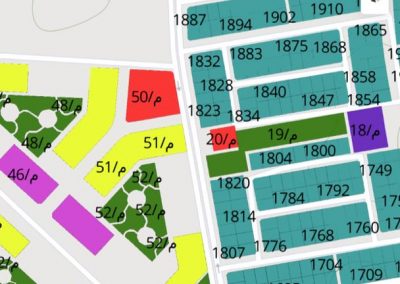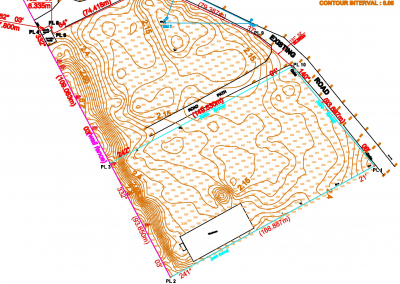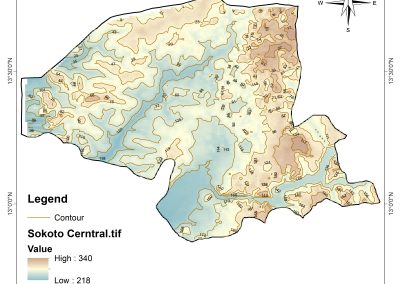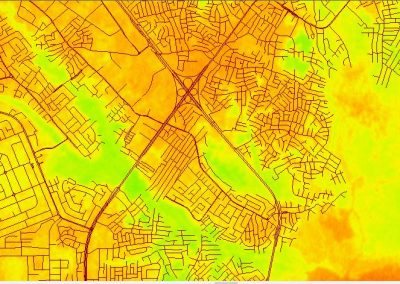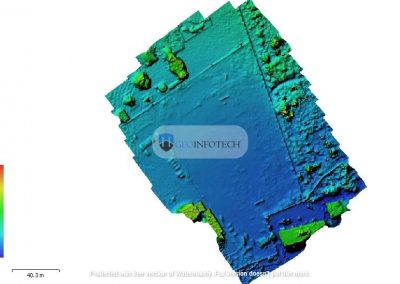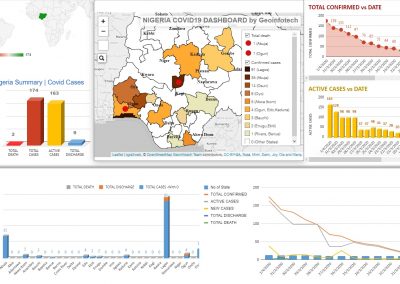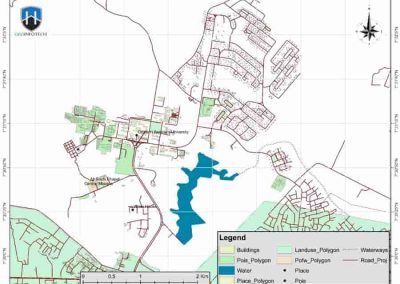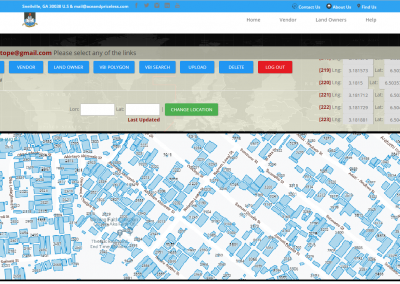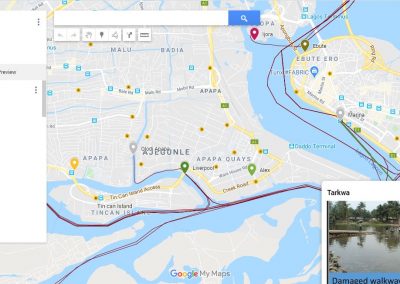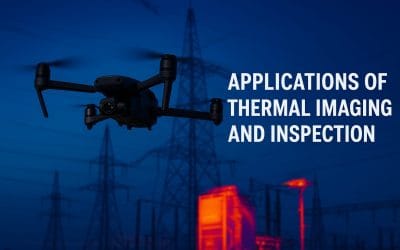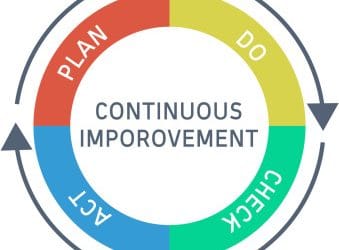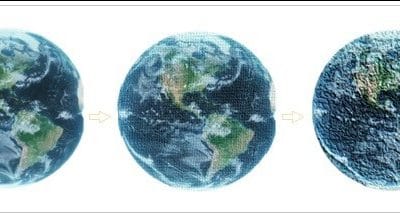Planning an Optimal Telecom Network Capacity Using GIS and Remote Sensing Technology
Planning an Optimal Telecom Network Capacity Using GIS and Remote Sensing Technology
Due to the rising demand for mobile services and high-speed internet, the telecommunications industry has experienced significant expansion recently. The issue for network operators is to provide the best network coverage and capacity to fulfill the growing demand. Geographic Information Systems (GIS) and remote sensing technology are vital in this scenario for designing and maximizing the capacity of the telecom network.
GIS is a potent tool that enables us to display, analyze, and interpret data based on geographical relationships. All kinds of geospatial data can be collected, stored, handled, analyzed, and presented using it. On the other hand, remote sensing technology enables us to get information without coming into close proximity to the object or region being studied. Satellites, planes, and drones can all be used to gather remote sensing data, which gives high-resolution data that can be utilized to create precise maps and models:

The combination of GIS and Remote Sensing technology provides a powerful tool for telecom network planning and optimization. It can help telecom operators to:
Locate the ideal sites for new cell towers using GIS
Based on variables like topography, population density, and land use, GIS may be used to analyze the terrain and locate the ideal sites for new cell towers. To create precise maps and models that provide in-depth information about the area, remote sensing data can be used.
Plan the best location for antennas
GIS can be used to ascertain the best location for antennas based on elements like signal strength, interference, and coverage area. Antenna location can be precisely determined by using detailed maps of the coverage area made from remote sensing data.
Track network performance
GIS can be used to track network performance and spot spots with weak signals or coverage. Accurate maps and models that provide thorough information about the covered area can be created using remote sensing data.
Predict network capacity
Based on variables like population density, data usage trends, and network traffic, GIS and Remote Sensing technology can be utilized to forecast network capacity. This can assist telecom companies in making plans for upcoming network growth and upgrades.
In general, telecom operators may benefit from using GIS and remote sensing technology to better plan and maximize their network capacity. It offers precise information that may be utilized to influence network planning and expansion decisions, ultimately resulting in improved service and more customer satisfaction.





